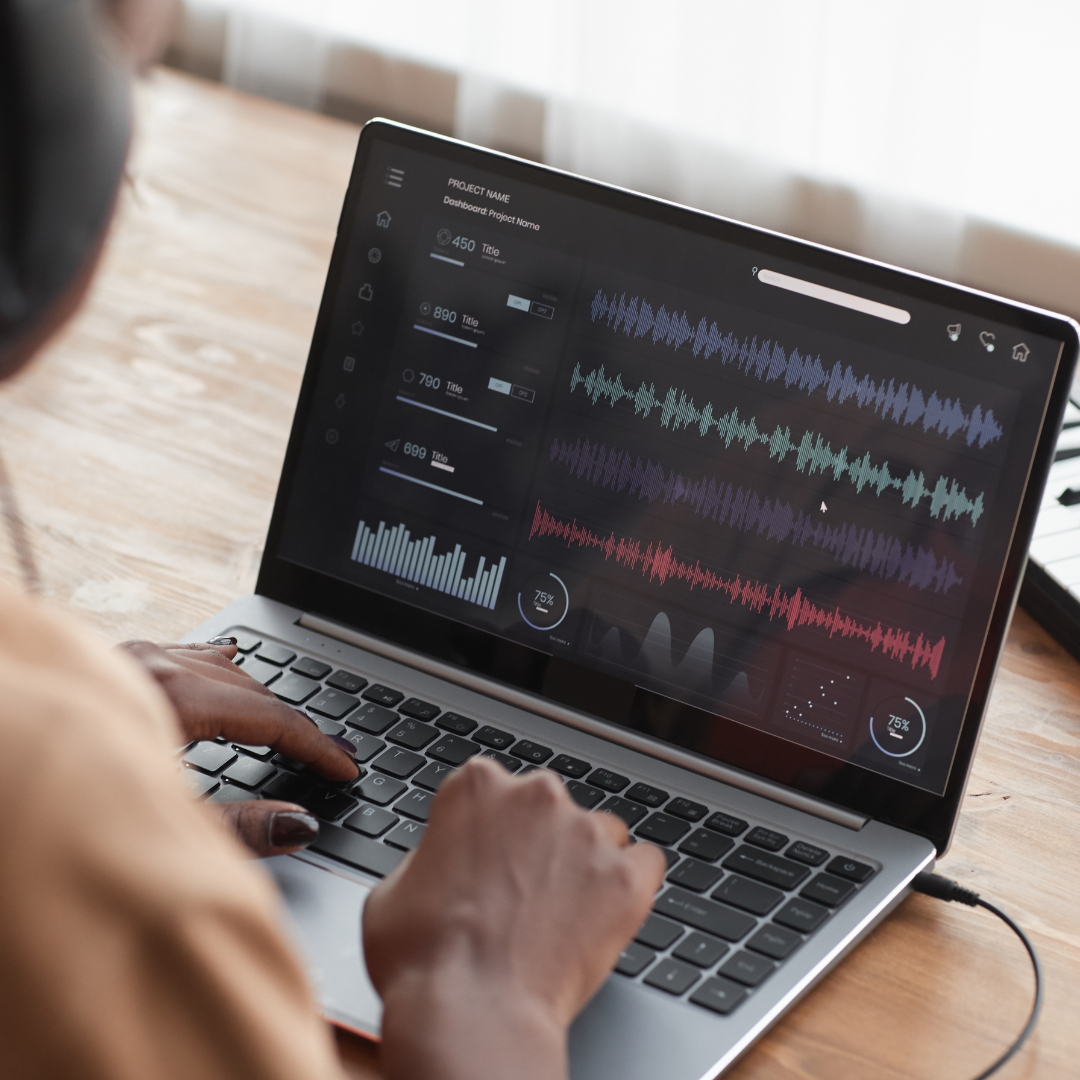Are you tired of your music sounding amateurish and unpolished? Do you want to take your raw tracks to the next level and create masterpieces that impress even the most discerning ears? Look no further! This post will teach you how to edit music like a pro.
Whether you’re an aspiring musician or an established producer, we have tips and tricks to help you transform your raw recordings into polished, professional-sounding tracks. So get ready to unleash your creativity and make some musical magic!
What is music editing?
Music editing is correcting and changing a song’s audio to improve quality. It can involve removing noise and distortion, fixing timing issues, and adding effects like reverb or delay.
When making these fixes, music editors must be aware of the elements of a song’s audio track and how they work together to create the final product. For example, sound effects like gunshots or footsteps should be placed far away from the main music track, so they don’t drown out the vocals or interfere with the rhythm. Similarly, background noise, like traffic sounds, should be reduced or eliminated to make the listener focus on the songs and drums.
Music editing can be complex, but it can also be rewarding if done correctly. By understanding how audio works and what needs to be fixed, music editors can create professional-grade tracks that will sound great on any device or speaker.
The Anatomy of a song
There are a few essential steps to editing music like a pro. You need to understand the fundamentals of music theory and identify and fix common errors in your tracks.
Once you have your tracks in good shape, it’s time to start working on the sonic details. This includes adding ambient sounds, removing unwanted frequencies, and adjusting levels. You can also add effects like reverb or delay to give your track that extra edge.
Finally, it’s important to polish up your final product by ensuring everything sounds cohesive and balanced. This includes tweaking EQ settings, checking for clipping, and making final adjustments to timing and volume.
Following these steps, you can create high-quality music that meets your sonic requirements.
Common music editing tasks
When it comes to editing music, there are a few tasks that music editors usually do. These tasks include cutting and pasting tracks together, fixing tempo issues, and ensuring the way sounds cohesive.
One of the most common tasks for music editors is cutting and pasting tracks together. This is where they will take two or more natural ways and cut them together so that the audio flows smoothly. They may also have to fix tempo issues if the tracks are not flowing correctly.
Another task that commonly happens is fixing sound quality issues. If one song has poor quality, it can ruin the overall listening experience. Music editors will often use plugins or processors to improve sound quality.
Making sure a track sounds cohesive is also essential for music editors. This means all elements harmonize harmoniously to create an enjoyable listening experience. Sometimes this means correcting mistakes that were made during recording or mixing.
Tips for improving your music editing skills
If you want to improve your music editing skills, there are a few things you can do. First, learn essential editing tools like trimming, fades, and crossfades. Then, use specific music editing software to help clean up tracks and make them sound their best. Finally, practice your songs until you’re comfortable with the process.
Here are some tips for improving your music editing skills:
- Learn essential editing tools like trimming, fades, and crossfades. These tools allow you to easily adjust the length and audio quality of individual tracks while maintaining the synchronization of the song as a whole.
- Start using specific music editing software to help clean up tracks and make them sound their best. Popular programs like Pro Tools and Ableton offer powerful features for editing audio files, including time stretching and pitch correction.
- Practice your songs until you’re comfortable with the process. Editing music is a skill that takes time to perfect – so don’t be discouraged if your first few attempts are less than perfect! With regular practice, you will eventually be able to produce high-quality edits without using any special software.
To improve your music editing skills, learn essential editing tools and then move on to specific music editing software. You can produce high-quality edits without special software with time, practice, and patience.
Editing music can be challenging and rewarding, but using the proper techniques and tools can turn raw tracks into masterpieces. In this article, we have outlined some of the essential steps that must be taken to produce quality music editing work.
By following these guidelines, you will be on your way to becoming a music editor worth your salt. So what are you waiting for? Get started and see just how great your tracks can sound!



